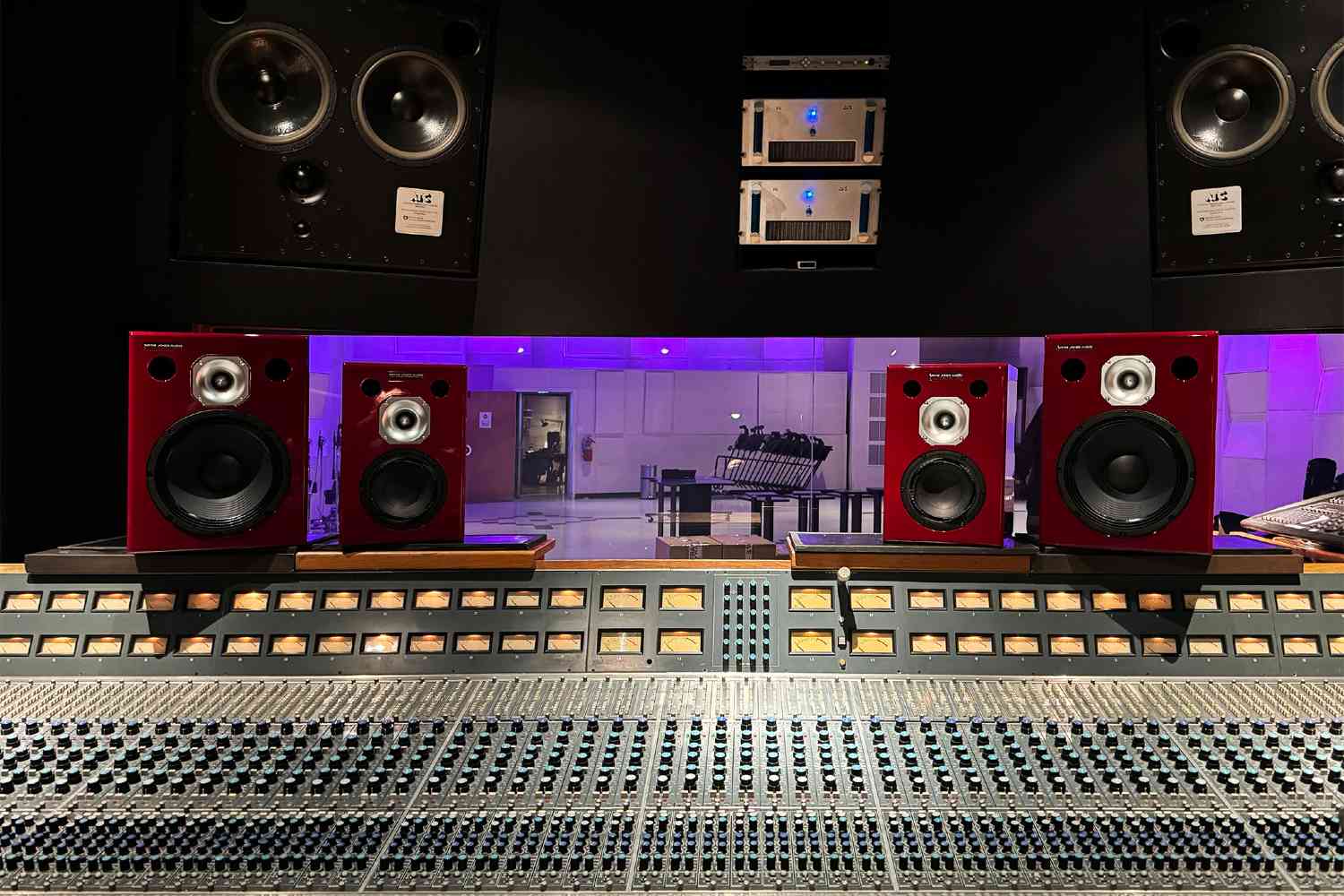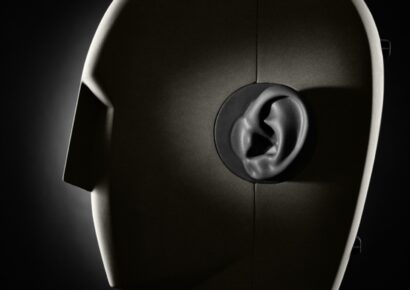Local legends Wayne Jones Audio have earned legitimate approbation from the gatekeepers of pro audio, for their groundbreaking studio monitor designs.
Having been at the forefront of some of the most sophisticated technological integration in the studio sphere, the humble yet powerful family of studio monitors from Wayne Jones Audio has a couple of new additions, pushing their designs and concepts into new territory with their fresh Carbon Fibre tech studio monitors.
Wayne Jones Audio
Since inception, Wayne Jones Audio have aspired to create the most accurate studio monitor possible. Their no-nonsense design concepts, razor-sharp detail and high end quality components have allowed them to carve out a spot in the top-tier bracket of the (highly thought after as we like to call it!) studio monitor space, with some of the most revered recording studios such as Record Plant LA and EastWest Studios as well as mix engineers and producers including Krish Sharma, André Bowman, Adam Kagan and Warren Huart having Wayne Jones Audio as their studio monitors of choice.
Read all the latest features, columns and more here.
Being a renowned session bass player, Wayne Jones himself has a unique and profound understanding of the requirements an accurate studio monitor has, particularly when it comes to low end reproduction. Having started out designing a bass cabinet out of necessity for his own use in sessions and live work, a quick unravelling of discoveries occurred through the process and spurred Wayne on to designing his now coveted line of studio monitors.
The unique design of eucalyptus pulp Kevlar impregnated cones, Italian-made aluminium bullet tweeters and a meticulously designed and ferociously powerful Class-D amplifier, it’s this unusual combination of high-end hardware paired with endless hours of hands-on cabinet damping that has given Wayne Jones Audio monitors their edge and accompanying praise in pro audio circles. The remarkably punchy and tight low end reproduction that is both accurate and powerful paired with laser focused transients of the bullet tweeter, there are few other studio monitors available today that can tout such authentic accuracy (all meticulously documented and measured) straight off the bat, without the need for additional DSP processing to provide such superb results. The development of the new carbon fibre technology implemented into the two new models have brought about several significant improvements. The already incredibly impressive spec of the Wayne Jones Audio “Reds” has been taken that bit further – whether we thought it possible or not.
The carbon fibre construction used for the majority of the cabinet (aside from the front and rear panels which are 18mm MDF), provides more consistent acoustic cabinet response over all, with less fluctuation and more evenly spread throughout. Making for a smoother measurement curve when initial cabinet measurements are taken and a flatter cabinet measurement result, the overall audio reproduction is improved just from the new cabinet design alone. Aside from these obvious benefits, the new models also benefit greatly from being significantly lighter in weight. For the 6.5” model, approximately 3kg have been shaved off, with the tweeter being reorientated horizontally on the front, bringing it closer to the woofer as well as the control panel being recessed on top of the cabinet. This allows for easy mounting to the additional mounting bracket to the back of the speaker – a must for multi channel setups, which is exactly where these monitors thrive. A whopping 6kg lighter, the 10” model is significantly more manoeuvrable, so finding the optimum position for these monolithic speakers isn’t quite so backbreaking.
Like the Reds, the new Carbon Fibre models enjoy unparalleled clarity, depth and dimension synonymous with Wayne Jones Audio studio monitors. 650-watts of power is provided to each monitor via the integrated Class D power amp and produces a faultless frequency reproduction of 35Hz – 20kHz, with an incomparable musical low end reproduction.
SoundID Reference
Continuing the integration with Sonarworks, both of the new Carbon Fibre models have dedicated ethernet ports on their respective control panels dedicated for easy SoundID Reference calibration files to be stored directly on the monitors, if so desired. Being such a widely requested feature from many Sonarworks users, it’s fair to say a big chunk of the pro audio community were elated to see a studio monitor capable of such a task for the first time (Wayne Jones Audio being the first to do so), let alone it being a monitor of this calibre. Of course, like the Reds, all DSP Sharc processing is at 192kHz, assuring users of the precision and detail of any additional processing performed under the hood – as anyone remotely familiar with Wayne Jones Audio comes to expect.
Continually paving the way in technological integration, consistently accurate and meticulously crafted studio monitors, suffice to say that Wayne Jones Audio and the new Carbon Fibre models are sure to leave a lasting impression on the studio community. The lighter construction and more accurate measurements from this new cabinet design bring tangible improvements to an already highly regarded family of monitors – with quality, precision and dedication to the craft of studio monitor design never in doubt. It’s delightful to see a small boutique studio monitor company from Naarm become synonymous with innovation and seamless integration into the modern day studio workflow, making their monitors suitable for any room or mixing environment, no matter how imperfect the space.
For local enquiries, visit Wayne Jones Audio.

